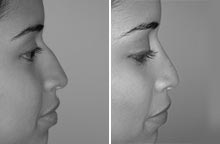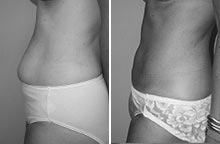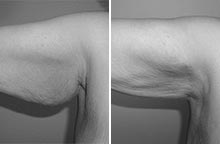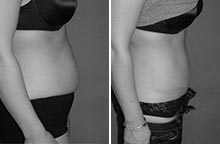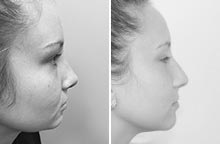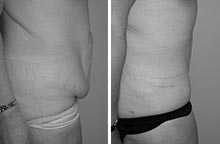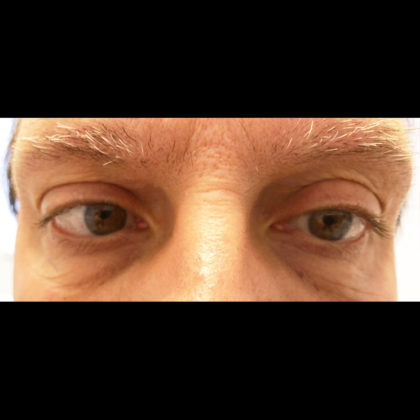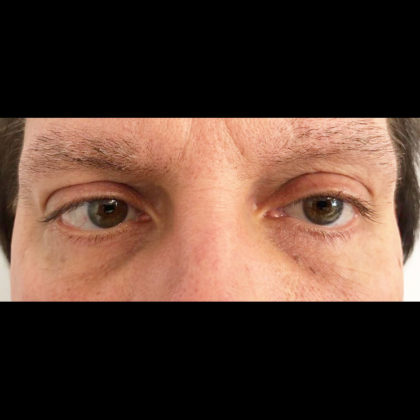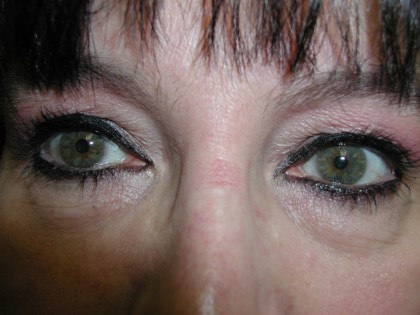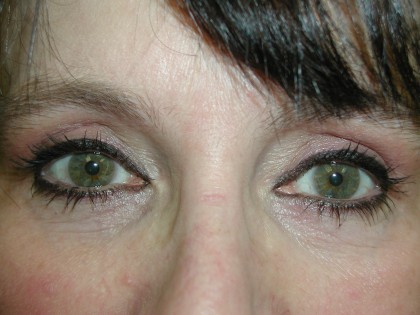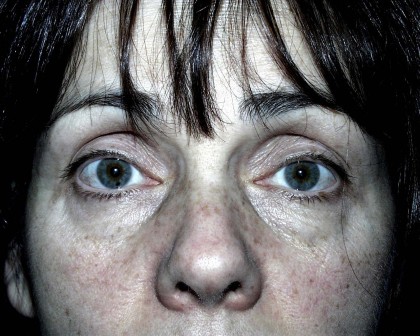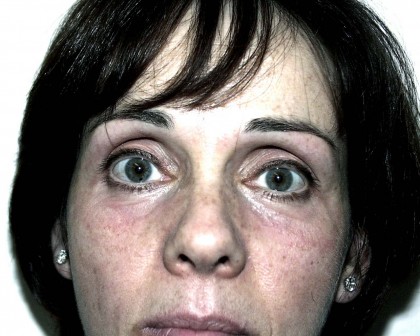Eyelid Surgery
Consultations offered at our three convenient locations in New Jersey, Bergen County and Englewood, NJ

Please contact our office and schedule a consultation today.
Contents
What is Blepharoplasty?
Eyelid surgery is a cosmetic procedure also called blepharoplasty. It is done to improve the appearance of the eyelids, particularly ones that are sagging, wrinkled, or otherwise aesthetically displeasing to someone. Blepharoplasty can be performed on the upper or lower eyelids, as well as both sets. Often times, people who have puffy, heavy-looking eyelids see blepharoplasty as a way to look younger and less tired.
Sometimes blepharoplasty is done less for cosmetic reasons and more for functional purposes, as sagging eyelids can impair a person’s vision or ability to focus. Blepharoplasty can also be performed alongside other cosmetic procedures, such as brow lifts or overall facelifts to give your visage a comprehensive visual improvement.
Blepharoplasty may also be called an “eyelift.” However, despite this term, the eyelids are not lifted in any way. Instead, the tissue is manipulated to reduce local fat deposits and extra skin.
Before and After Photos
Benefits of Eyelid Surgery
Most patients undergo blepharoplasty for cosmetic reasons, seeking to reduce wrinkles or sagging skin around the eyes or across the entire face. There are health reasons for having eyelid surgery, such as removing extra skin to let the eyes perform without impairment. A few of the main benefits of eyelid surgery include:
Youthful Eyes
Blepharoplasty can help remove extra fat and tissue around the upper and lower eyelids, taking away a baggy or sagging appearance. If combined with brow lifts or facelifts, blepharoplasty can take decades off a person’s look.
Healthier-Looking Eyes
When the lower eyelid droops too much, it can reveal more white beneath the iris, which can make the eyes themselves look unbalanced or asymmetrical. It can also make a person seem unfocused or half-asleep at all times.
Smoother Skin
Wrinkles form over time around the eyes, causing a more aged and tired look for a person. Eyelid surgery can remove those wrinkles and bags, allowing for more rejuvenated skin that is softer and smoother.
Improved Vision
If too much tissue hangs over the eyes, it can make it difficult for the eye to be fully open, or the sagging skin can obstruct a person’s vision. Someone with drooping eyelids can also find their eyes get more tired (and possibly experience headaches) as they struggle to open them wide enough to see clearly. A Blepharoplasty clears this issue up.
Ideal Candidates

However, if you have any medications you’re taking, any particular health issues, or have a serious eye condition, blepharoplasty may not be the best option for you. Recognize that there are other causes of drooping or sagging, especially for the upper eyelids.
The inner muscle of the upper eyelid can stretch over time, called eyelid ptosis, causing the eyelid to droop, and this can’t be as easily fixed through an eyelift. Instead, it may require a different procedure.
Types of Blepharoplasty
There are multiple types of blepharoplasty depending on the results the patient desires, the eyelid areas being worked on, and the extent of the work needed. Different techniques are used on a case-by-case basis, as determined by Dr. Abramson. These can include:
Bilateral Blepharoplasty:
This is the more common blepharoplasty approach, with tissue being taken from both the upper and lower eyelids (though this can be performed on the upper or lower eyelid alone). The cuts made on the eyelids heal to barely visible scars.
Double Eyelid Surgery:
There are two forms of double eyelid surgery, Full Incision Double Eyelid Surgery, and Partial Incision Double Eyelid Surgery. In full incision surgery, larger cuts are made that allow the surgeon to modify the eyelid shape and remove signs of aging. Results are more permanent and can be done with all eye shapes. Partial incision uses minor cuts that lets the surgeon remove excess fat and muscle while tightening the skin.
Consultation
Dr. Abramson will also review your goals and specific results you want to see from the eyelift while taking the time to make sure you have realistic post-procedure expectations.
Before Dr. Abramson ever allows any candidate to have blepharoplasty performed on then, he requires an in-depth pre-surgery consultation. This allows him to review your full medical history, determine your current health, any prescriptions you may be on, allergies, past surgeries, smoking/drinking habits, and other important elements.
Your photos will be taken to have before/after images to compare. If for whatever reason, you aren’t a good candidate for blepharoplasty, Dr. Abramson can also discuss alternative types of eyelift surgery or entirely different options to improve the look of your eyelids.
This is the best time to approach with any questions or concerns you might have about blepharoplasty. You may want to prepare a list to take with you. Questions may include:
- What sort of anesthesia will be used?
- How much time will I need to recover and should I take time off work?
- Will the procedure impair my vision in any way?
- Will there be any pain or required pain medications?
- How long will the results last and are there ways to improve the look of my eyelids long-term?
Patients often experience a little stress, worry, or anxiety preceding any surgical procedure. That’s why it’s so important to have this consultation to alleviate all fears or concerns, so you are confident going into the operation.
Preparing for your Eyelid Surgery
During your consultation, Dr. Abramson will note that you must stop any smoking (if you do so) at least two weeks before the procedure, and can’t resume for up to two weeks following. He may also have you reduce or stop taking any medical prescriptions to avoid complications during the procedure. You should also review any post-operative care instructions to ensure you are stocked up on gel packs, eyedrops, gauze, and other items at home that can help speed up recovery.
The Procedure

Dr. Abramson then makes the required incisions along the natural crease of the eye for the upper eyelid. If the lower lid is being treated, an incision may also be made right below the lower lash line. Alternatively, a transconjunctival incision can be made on the inside of the lower eyelid, so any scar isn’t visible externally.
Once the incisions are made, excess fat and tissue are removed using specialized tools, and skin and muscle are manipulated for the desired results. After this, the incisions are closed—most likely with sutures or surgical glue—and lasers or chemical peels may be employed to reduce skin discoloration.
Alternatives
If Dr. Abramson decides blepharoplasty isn’t the best option to restore a youthful, smooth appearance to your eyelids, there are a variety of other cosmetic procedures that can help.
Botox
This involves injecting a neurotoxin into the skin of the face which paralyzes the muscles beneath the skin. This lets the skin relax and smooth out, reducing wrinkles and giving a more youthful appearance—though the results are temporary and require multiple sessions to maintain.
Brow Lift
The eye area can be cosmetically improved by having a brow lift, where the surgeon reduces fat and extra tissue in the forehead area. This procedure is often combined with an eyelift or whole facelift for overall facial rejuvenation.
Employing a highly tuned laser, the physician removes wrinkles or excess tissue one layer of skin at a time, literally burning it away, cell by cell. This is also called a laser peel and can be extremely targeted in the areas being treated.
Recovery
Blepharoplasty usually has a short recovery time, around 14 days for a complete recovery.
Bruising and swelling is to be expected afterward, but is quickly reduced within 48 hours—especially if gel packs and cool compresses are applied to the treated area. Walking and other light activity is highly recommended as well.
Bandages over the incisions can be removed in several days, with sutures often removed in a week or so, unless you receive self-absorbing stitches. Normal activity can be resumed within ten days, while most healing will be complete within two weeks’ time.
Any surgery will, of course, have potential risks or complications. With blepharoplasty, this can include bleeding, infection, dry eyes, double vision, or other vision impairment. However, if Dr. Abramson’s procedure prep and recovery instructions are followed well, these risks are drastically reduced.
Pricing
Be aware that this amount can greatly vary depending on the area you live in, the clinic you choose to have it performed at, and the amount of work your eyelids require (also dependent on what results you wish to achieve). Costs are derived from the surgeon’s fee, facility usage, anesthetics, prescriptions, and potential medical testing to ensure a patient is a good candidate for blepharoplasty.
Dr. Abramson will take time during your pre-blepharoplasty consultation to review your pricing options, especially since some insurance programs won’t pay out for cosmetic surgery procedures. However, if sagging eyebrows are impairing vision, there may be a way to involve health care programs to reduce some of the out-of-pocket costs. Be sure to ask Dr. Abramson about possible payment plans during the consultation, alongside any other questions you may have.
Want to see your new you before the procedure?
With Crisalix's 3D imaging technology you can see how you would look post-procedure if full 3D.
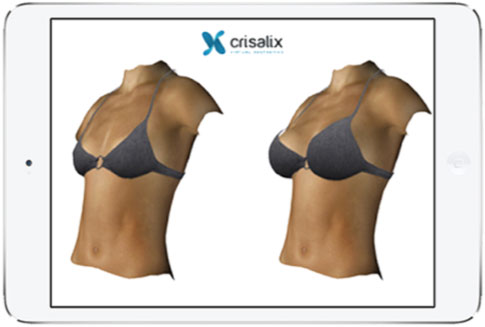 Learn More
Learn More